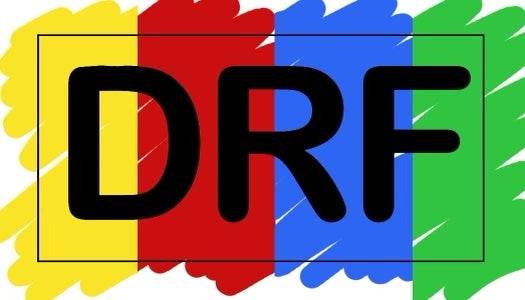So you’re finally doing it - you’re buying chicks and starting your journey in raising chickens. Before your new littles arrive you need to prepare a place for them to live and grow until they can safely live outside in the beautiful new coop you’ll have for them.
A brooder is the proper poultry term for the area in which chicks are raised from the time they are hatched until they are ready for a grow-out pen or coop. A brooder provides a safe, dry and warm place for chicks to live and grow during their first few weeks of life. Multiple considerations including time of year, location and quantity of chicks being raised are determining factors of how one should set up their brooder. A good brooder has five main components: confinement, bedding, heat, food and water.
The space in which your brooder confines the growing chicks should be large enough to accommodate 3/4 square foot per chick for up to 3 weeks of growth. For example, 20 chicks need a total of 15 square feet, or a space that’s roughly 3 feet by 5 feet. A brooder can be a container or a closed off area that is predator-proof and free of drafts.
A 1-3 inch layer of bedding within your brooder is necessary for chicks to stay dry and have proper traction to be mobile. Absorbent materials such as large pine shavings or paper pellets are ideal as they’re compostable and create minimal dust. Never use cedar shavings as the oils in cedar can be harmful to a chick’s respiratory system. Saw dust should also be avoided as it, too, can be problematic for chicks’ respiratory system.
The most crucial component to a brooder for successfully raising baby chicks is the source of heat. Chicks don’t develop the ability to regulate their own body temperatures until their first contour feathers come in at around 3 weeks old. There are two types of commonly-used heat sources: heat lamps and heat plates. Heat lamps primarily emit radiant heat through a light bulb, warming the surrounding air. Heat plates directly heat flat surfaces, providing localized heat to objects in direct contact with it. In general, heat plates are considered safer due to their lower wattage and lack of hot bulb that could fall and start a fire. Heat lamps, however, are known to be more effective for chicks that have been shipped due to their ability to permeate heat more quickly through a chick that’s been without heat for several hours. Regardless of the heat source used, it’s most important to have them properly installed and secured to reduce the hazards associated with them. Consider using an external thermometer inside your brooder to ensure the appropriate temperature is established for the chicks. Make sure that the heat source can be adjusted each week as the chicks’ heat needs change. A good rule of thumb is to maintain an area of the brooder at 95*F for the first week of a chick’s life and gradually decrease the temperature by 5*F each week. The best way to ensure chick comfort is to allocate a specific area for the heat source and to allow a space where the chicks can go if they become too warm. Paying attention to the chicks’ body language is key to understanding when they need additional heat and when they need the heat reduced. If they crowd under the heated area, they likely need the heat increased. If they stay as far away as possible from the heat source, it’s probably too hot for them and the heat should be decreased. A properly heated brooder will allow the chicks to move freely about without ever feeling the need to huddle with one another.
Food and water are the obvious necessities for a complete brooder. While chicks are able to live off of just their yolks for 72 hours after they are hatched, they can’t live without food and water forever. Chicks should have access to unlimited feed and water sources in their brooder. A good chick feeder should provide plenty of room for all the chicks to eat. It may be necessary to have a few feeders to ensure all chicks have a spot at the feeder. There are several options of chick starter feeds available to choose from. It’s most important that the feed you decide on can easily be consumed by the little mouths of the chicks and that it is appropriate for the feeders you use (ie. gravity feeders may require a specific type of feed for it to properly flow). A good water source for your brooder is one that is easily reached by the chicks and is easy to keep clean. Water dishes should be shallow to reduce the risk of chicks drowning. They should be kept high enough off of the floor of the brooder to reduce bedding debris from collecting in them, but low enough that the chicks can still easily reach them. It may be necessary to clean out the water source several times a day to maintain cleanliness and freshness. As the chicks age, different water sources, like nipples or cups, may become better options for water sources.
Once you’ve established your brooder set up, spread bedding, secured a heat source and added food and water, you can confidently introduce your chicks to their new home. Most chicks will live in this space from the time they hatch until they are 3 weeks old. To ensure the most success in rearing your chicks, be sure to regularly maintain a clean brooder. This may mean replacing soiled bedding weekly or changing a brooder component like the heater, feeder or water sources, to better accommodate the chicks’ growth. Always make sure to maintain a watchful eye on your chicks while they’re housed in the brooder. Doing so will allow you to better understand the needs of your chicks and adjust your brooder accordingly.
